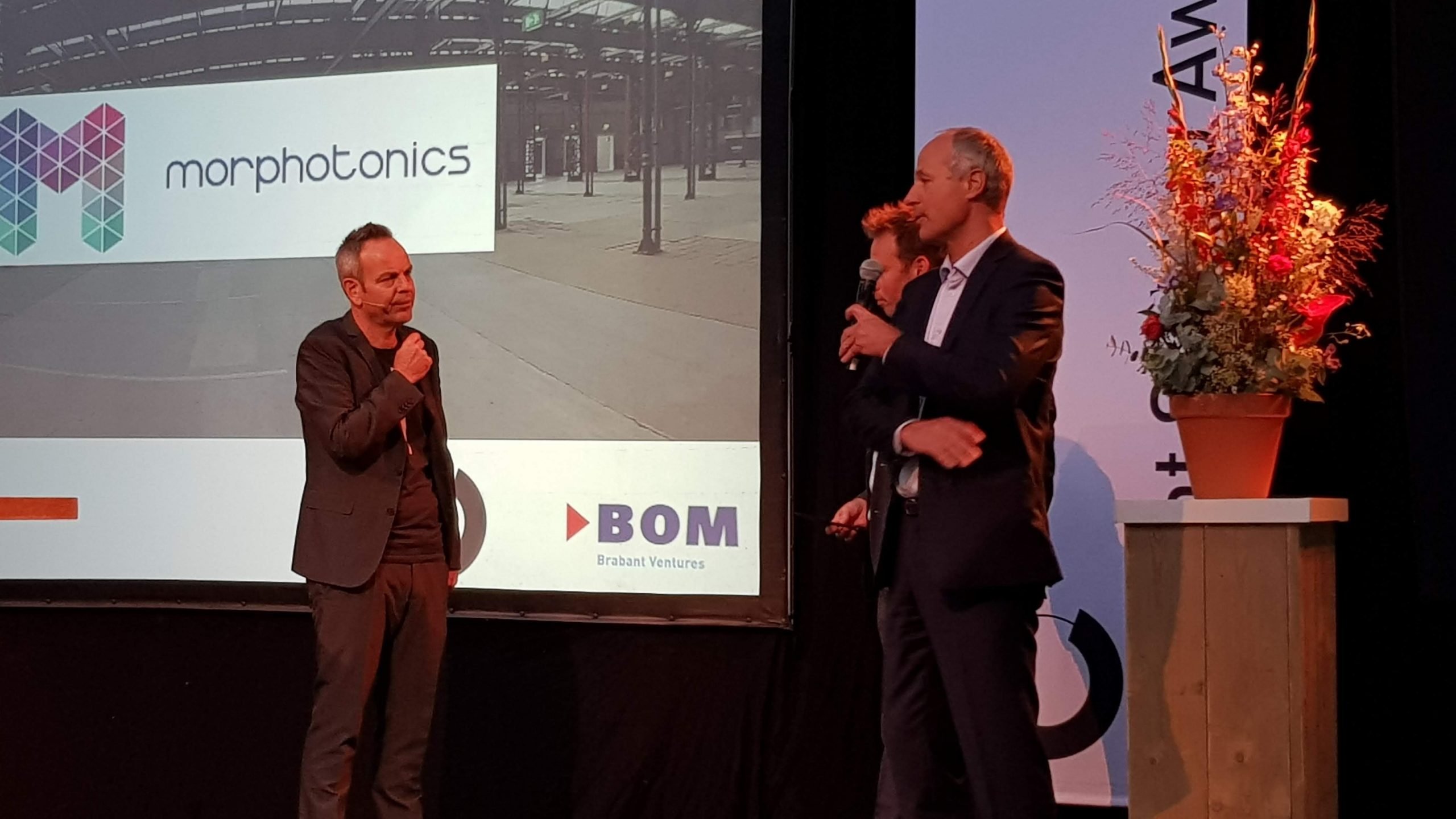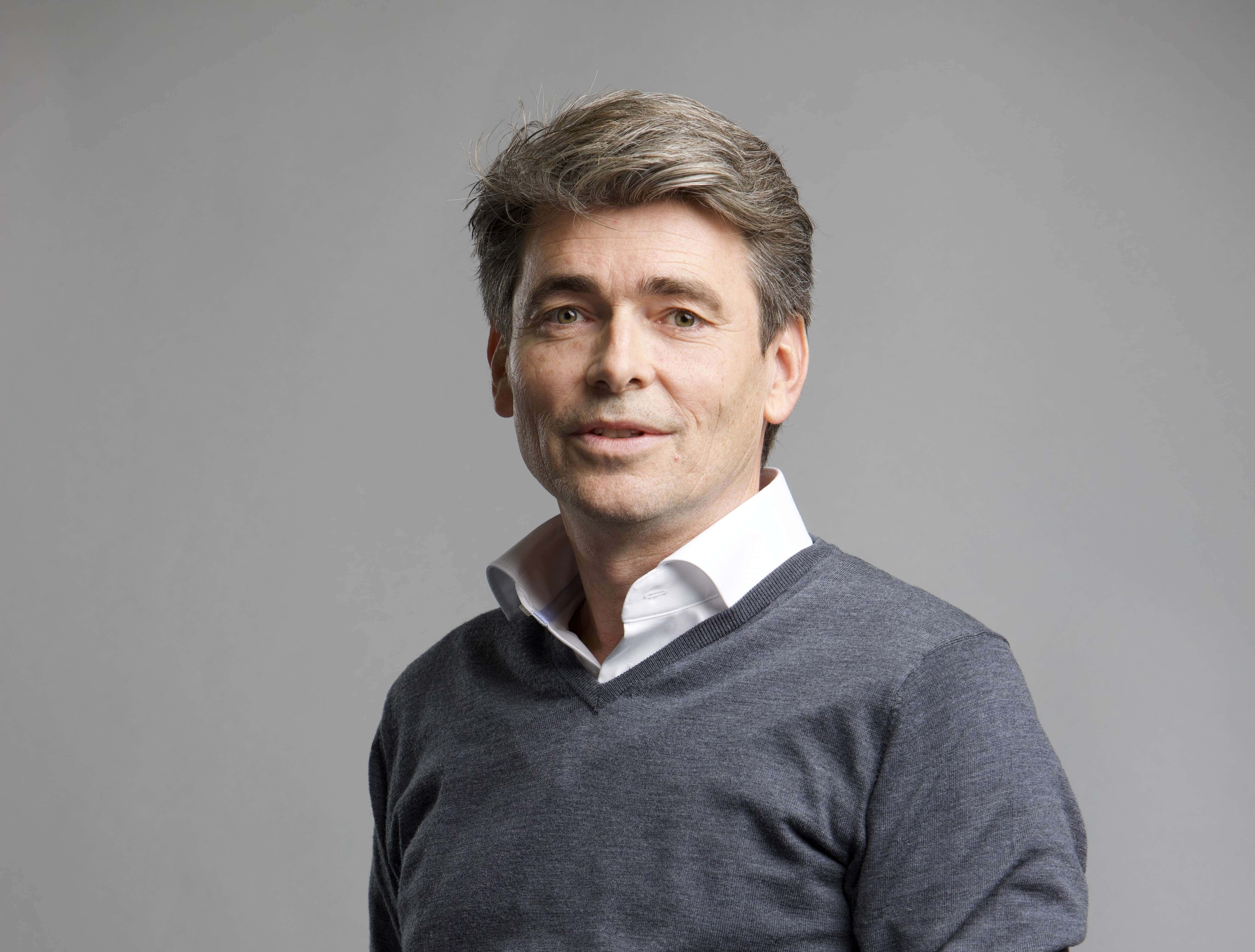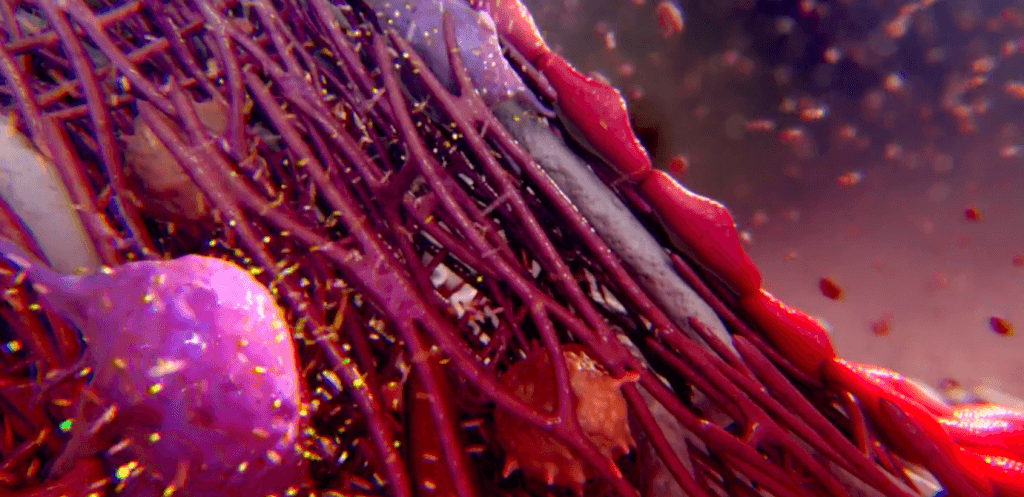
Hocosto (Achtmaal), Lightyear (Helmond), Morphotonics (Veldhoven), Flow.ai (Tilburg) and PeelPioneers (Son) are the first winners of the Brabant Startup Awards. The prizes were presented on 25 September in Tilburg. The Brabant Startup Awards are an initiative of Innovation Origins, in collaboration with BOM Brabant Ventures. In a short series, we highlight the winners of the awards. Today: Morphotonics from Veldhoven.
For the first four years of its existence, Morphotonics remained mainly under the radar. Behind the walls of their headquarters in Veldhoven there was a lot of research, building, adjusting, calculation and sales going on, but with the exception of customers, the outside world did not get hear much of it. That is why co-founder Onno Lint was initially rather surprised about the Brabant Startup Award they received. “Then again: we are now really ready to go outside, so the prize comes at a perfect time.”
Morphotonics in Veldhoven was founded in 2014 with a clear focus on Roll-to-Plate large area printing technology. It is one of the offspring of the Philips Group around the inventors of the CD and Blu-ray. The core of Morphotonic technology can still be traced back to the technology to make these products, although they have been further developed both at the nano-level and in scale. By applying this complex technique, the performance of products such as solar panels can be greatly improved and telephone screens can be provided with 3D and holography. In fact, they are perfectly copied high-tech textures that can be used to influence light.
(text continues below the video)
First of all that name, which reveals a link to photonics. But what about Morpho? Lint: “That is the name of a large blue butterfly. Technicians know that this blue colour is actually not a colour at all; it is a nanotexture on the wings that turns blue when you look at it because of the effect of light. That texture is almost impossible to copy, that’s how beautiful it is.” Most of Lint’s colleagues have a tech background, he himself is a business economist, “but with a great interest in technology as well.”
Morphotonics has further developed the CD and Blu-ray production technology to large format and multiple use. “Think of new applications for the smartphone, around holography and 3D imaging,” explains Lint. Most companies that do this kind of work are located in Silicon Valley or China, but Morphotonics feels very much at home in the Brainport region. “Veldhoven has a great international reputation. This is mainly due to ASML, of course. We can also make use of a well-educated network and a chain of suppliers, researchers and knowledge institutions. Among them many Philips descendants, of course, but recently a considerable ASML stamp is also beginning to emerge. Centres of knowledge around the universities of Utrecht, Delft and Twente are also very close by, as is Leuven, where we work a lot with imec.
Just as ASML, some Morphotonics customers work with wafer steppers, applying very thin lines to micro or nanostructures. “But where you can normally make about 40 wafers per hour with 1 product, we have succeeded in increasing the number of products per plate considerably, so that the total production is greatly accelerated and the price per product drops to the desired level.”
The Morphotonics learning curve was a steep one, says Lint. “Initially, we focused entirely on solar. Printing texture on solar panels, which can, therefore, capture the light even better. Technically that was indeed very good and we are still involved in follow-up research, but commercially this is difficult. There is a fight-to-the-bottom with the Chinese competitors, and in recent years we have seen a huge capacity building in Asia. The entire German solar panel industry has now been wiped out, and Holland Solar has also disappeared. For us as Original Equipment Manufacturer, there is hardly any business opportunity in this.”
The experience with solar did help to take the next step. “With our first solar customer, we showed that our imprint technology was not only technically correct but could also be made scalable. We have now succeeded in this with our production machine that combines inkjet technology with the printing process. That makes us the first to do so successfully.” The first machine was sold at the end of last year; it is now in operation in Asia in the production process for smartphones.
Indeed, the market for Morphotonics is in Asia. “China in the first place, but also Taiwan, Korea and – due to the trade sanctions against China from the US – soon perhaps Vietnam. The whole production of optical products such as displays is concentrated in those countries. That does not alter the fact that Lint and his colleagues are happy to be in Brainport. “The great thing is: despite the enormous appeal of ASML, we have so far had no problems finding highly skilled and highly competent people. That’s all because of the power of this ecosystem.”
Omroep Brabant made this report at Morphotonics on the occasion of the Brabant Startup Awards:




